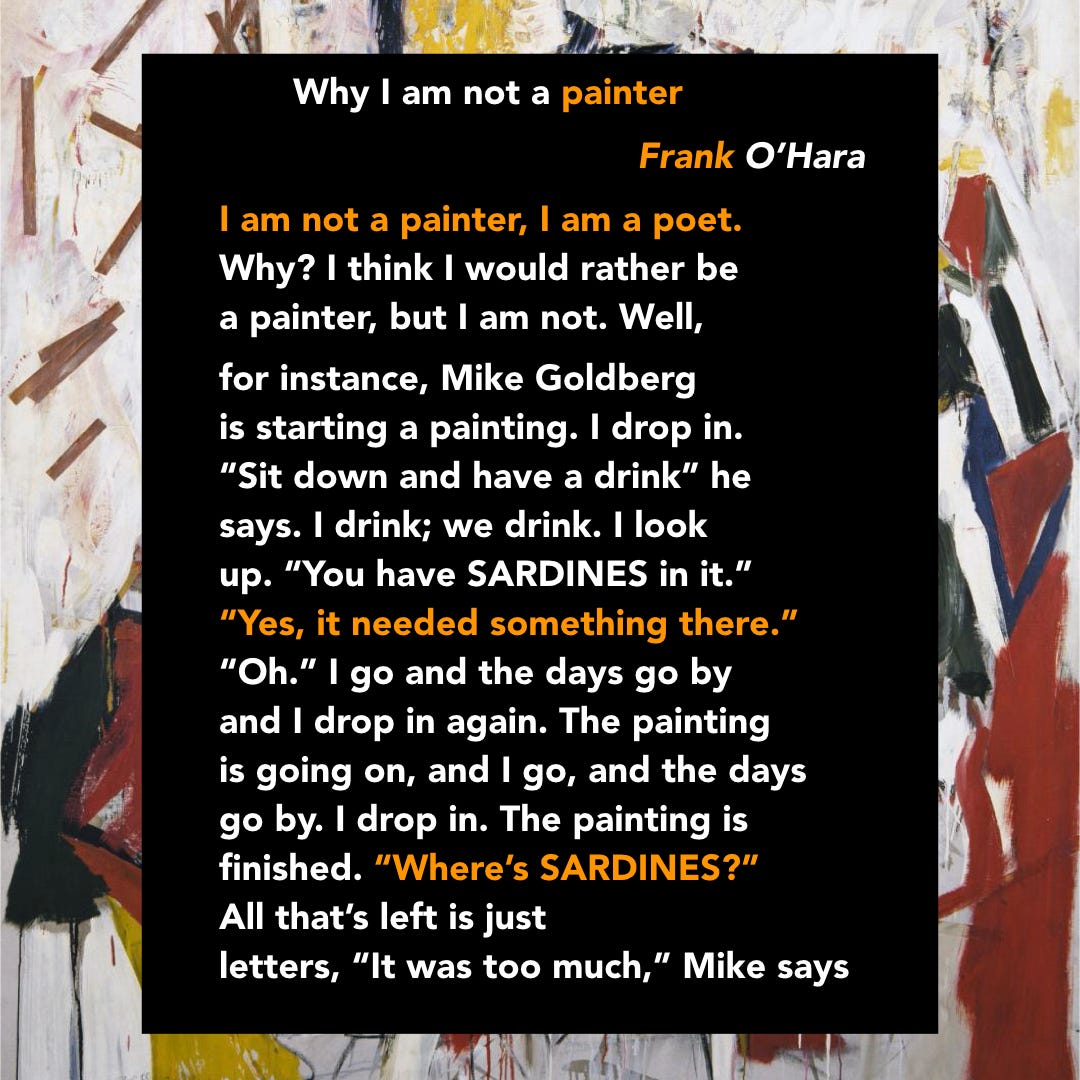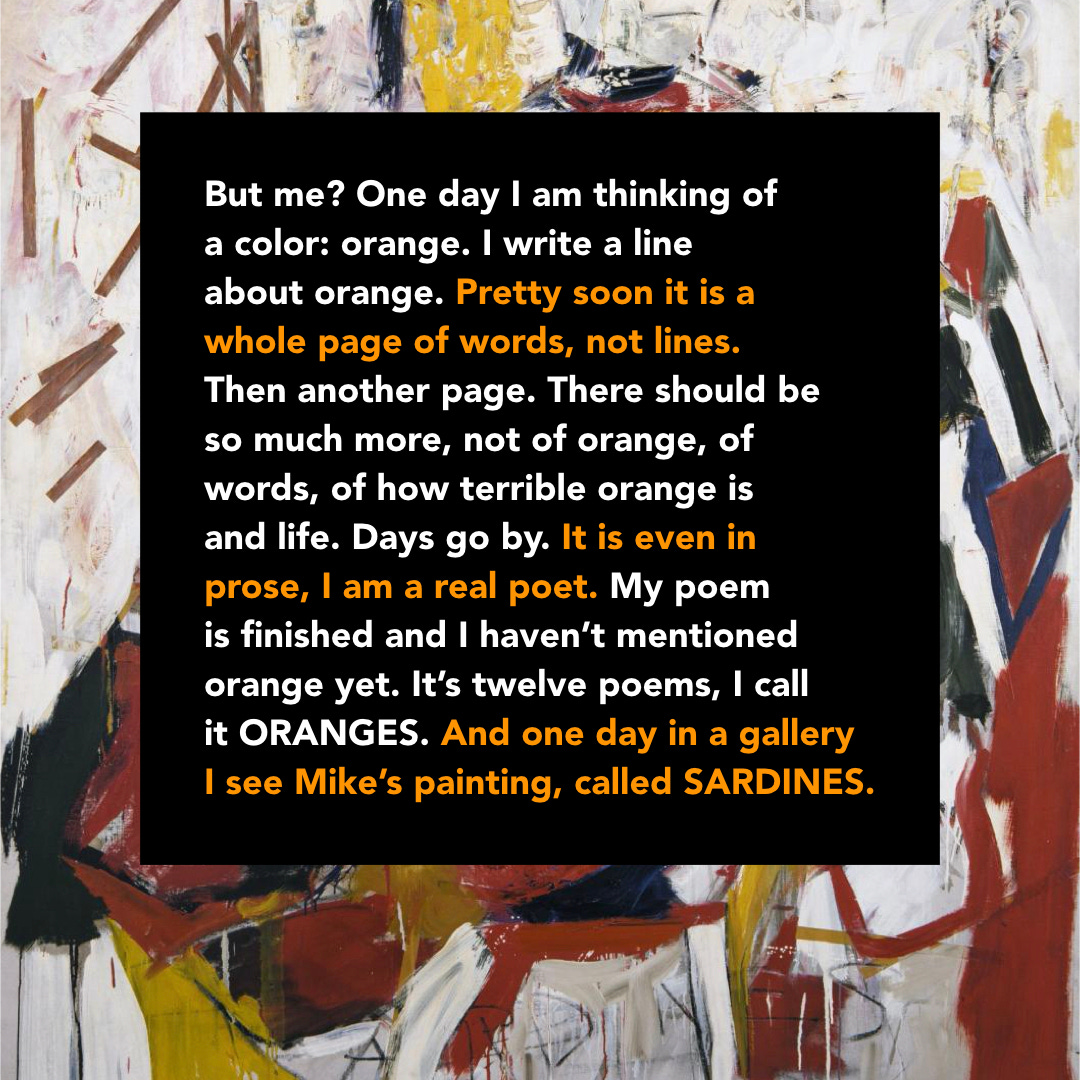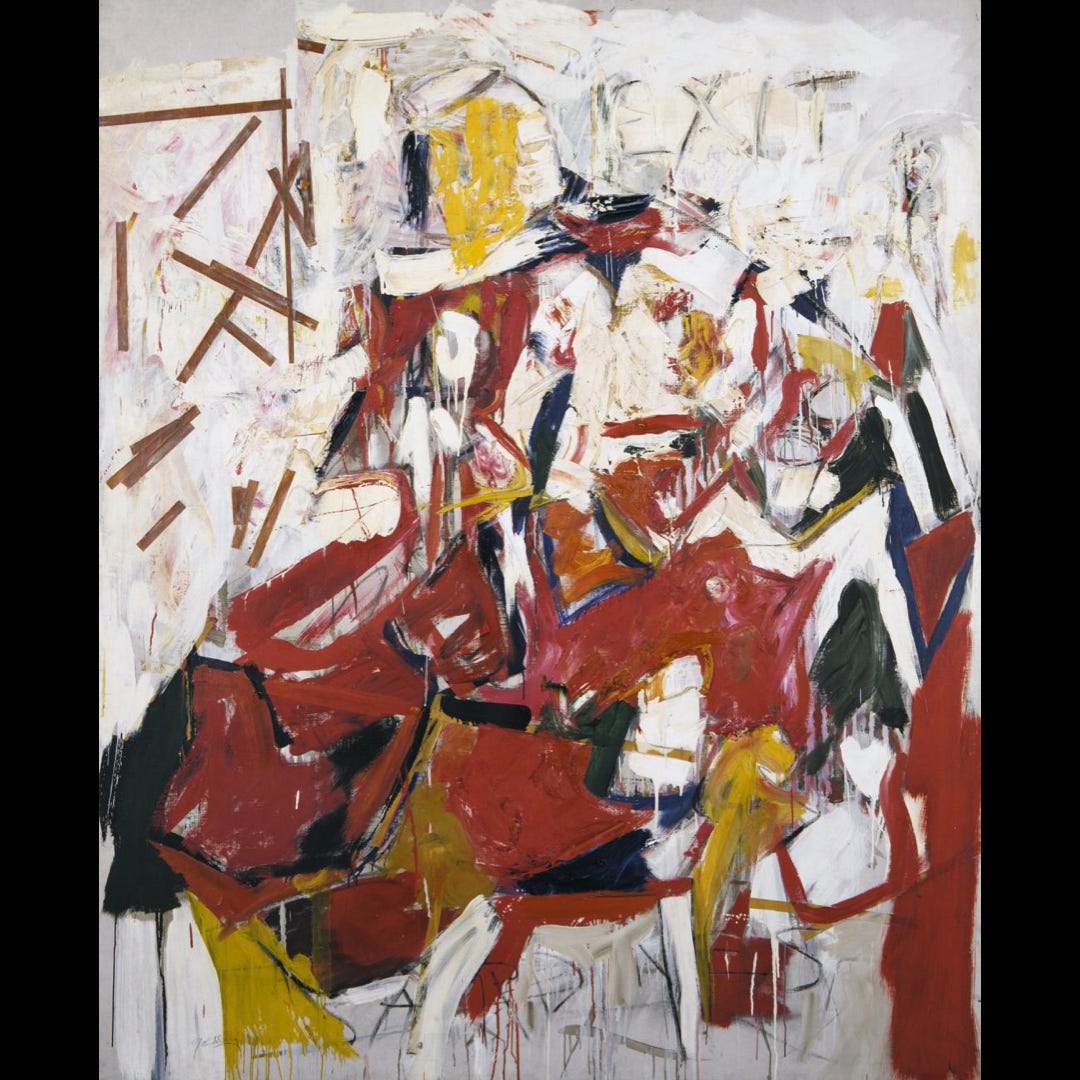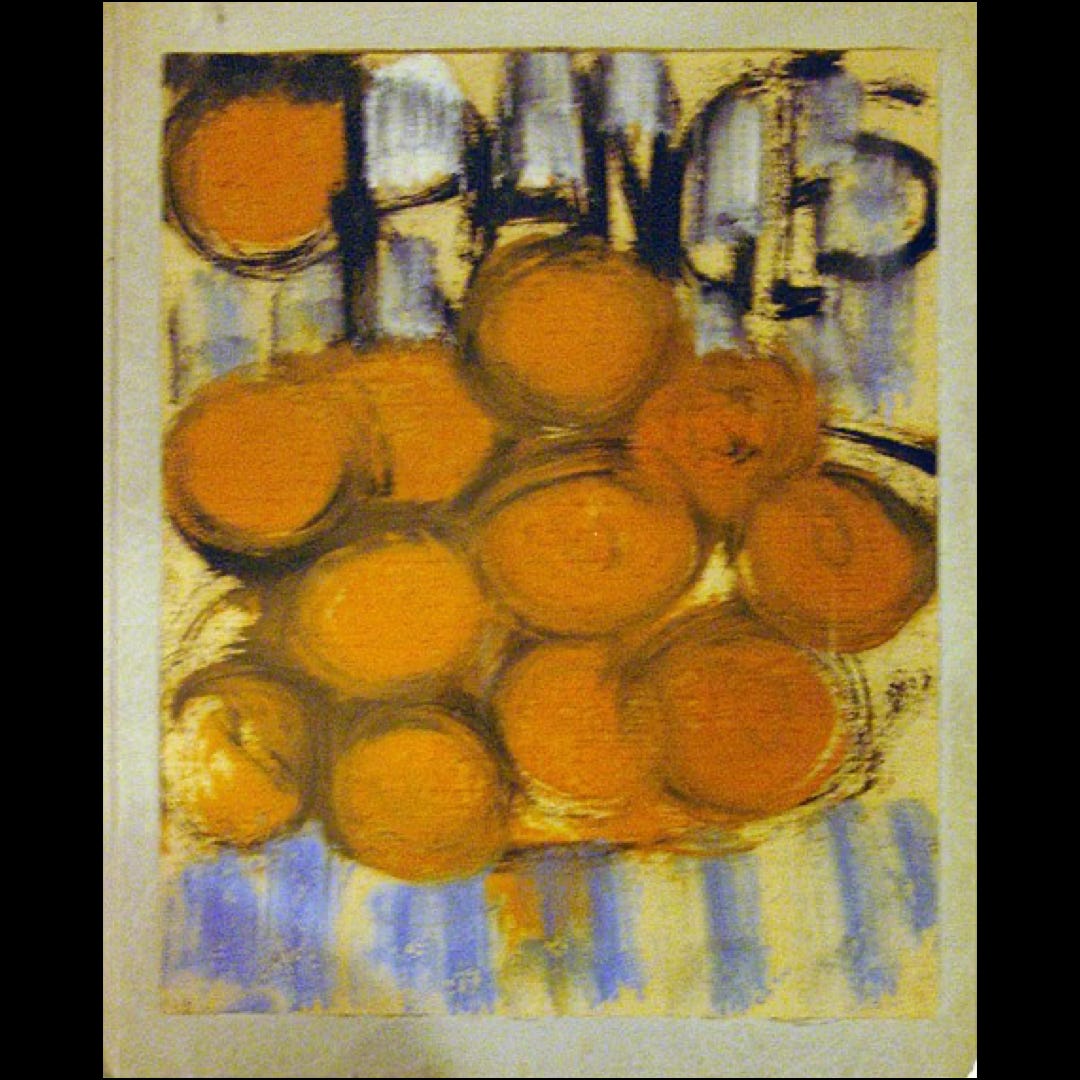“In the poems that poured out of him in the 1950s, O’Hara wrote with incessant exuberance about New York, his buddies rarely did. Yet for all of them the artistic life of the city seemed to function as a stimulus and a necessary backdrop. The poets had the good fortune to live in New York at the moment when it was displacing Paris as the world capital of modern art, and something on New York’s metropolitan energy and sass made its way into their writing. It is there in the wit, humour and irony that they favoured: no group or movement of poets was ever so intent on appropriating comic devices for purposes serious and sometimes sublime. It is equally there in the sheer verbal excitement that gave some of their early poems a rough resemblance to the abstract painting that was taking New York - and the world- by storm. That Ashberry, Koch, O’Hara, and Schuyler launched their careers in New York can hardly have been a geographical accident; if anything the confluence was overdetermined. This fact alone makes the “New York School” an attractive name, and by now a historically inevitable one, for the band of outsiders who brought the avant-garde revolution to American poetry.”
- The Last Avant-Garde: The Making of the New York School of Poets
I’m deeply attracted, in a naively idealistic sort of way to groups of artists coming together and crafting, sometimes subconsciously, sometimes self-consciously, a new course for art, and the artist. That there is a nod to the past, goes without saying. That it is a shared secret adds to the thrill, like passion that blossoms in clandestine situations. (Everybody is in awe of it, but in some vague undefinable way).
In this regard, there are poems that are about the very act of creation, ideas about definition and self-definition, image and representation, that push the form, and become poetic objects themselves, rather than constructed subjects within poetry. Inside jokes and reference slip into the writing, and also allusions to the popular and the mundane.
In many of O’Hara’s poems there is this aspect of play, and also the subtext of constantly stretching the meaning of being a poet, or an artist. This poem also talks about the interconnectedness of visual art (abstract expressionism) and poetry, in the movement, of course, but also in the historical arena of creative fervour. I love how O’Hara is able to say so much about writing, and painting, and the act of creation (while saying little), and the “production of art”, laughing at himself and at the nature of criticism (“It is even in Prose, I am a real poet”). I believe he is also mocking that age old reductionist question that is asked to poets and artists (and hated, I’m prepared to bet, universally) - “What inspires you?”
I often say, if you have to ask me that, then you haven’t really read my poems.
Art used: A painting from Michael Goldberg’s collection SARDINES; One of Grace Hartigan’s paintings that accompanied O’Hara’s collection of poems “ORANGES”. Both are referenced in the poem.






